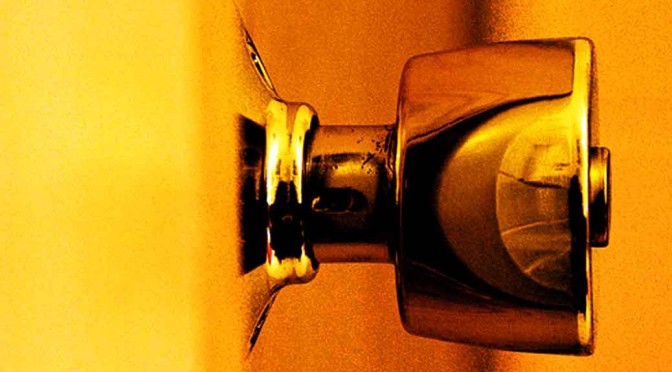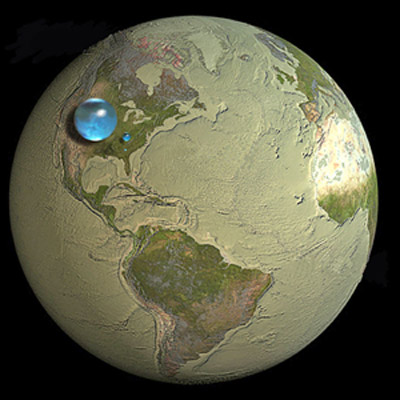By Anupum Pant
I remember my grandma telling me to keep some water overnight in a copper pot, and in the morning, she used to drink it. I never understood why she did that. Backed by solid science, today I’m able to appreciate her age-old wisdom.
Today, to get rid of the problem causing bacteria, trusting brass doorknobs is better than trusting those triclosan lad anti-bacterial soaps. Yes, brass can kill bacteria very effectively.
Doorknobs are probably the most touched objects, especially the ones that are on the doors of a toilet at the mall. A doorknob probably even beats smartphones because a doorknob is accessible to anyone and everyone, whereas a smartphone is usually touched by a single individual.
Although, I’m not totally sure that a doorknob is really one of the most touched objects, one thing is for sure – Door knobs are the places where an incredible amount of sickness causing germs get collected. Thanks to the thousands of unclean hands coming straight from the toilet and touching the knob for the day.
And yet, you don’t often get sick after touching public restroom knobs. That is because doorknobs are normally made of brass. Brass and a couple of other metals have an ability to clean themselves – in a given amount of time these metals are able to sterilize themselves! This is called the Oligodynamic effect. Sounds like a cool name to remember because it’s easy to remember and nothing else would annoy your friends more than you bringing it up amidst conversations…
It has been tested and found that brass is able to sterilize itself in the span of eight hours. While some have tried to explain how it works, no one has been able to explain the effect in a satisfactory manner.
Other metals like silver, copper and copper alloys are able to kill bacteria better. Silver, purportedly is a very robust disinfectant. But, not many would be able to afford doorknobs made out of silver or pure copper. Instead, a far cheaper alloy consisting of copper and zinc (brass) is used to make bacteria zapping doorknobs.
Stainless steel and aluminium metals aren’t able to do this. Be careful when you have to twist doorknobs made of Steel or Aluminium. These are metals that could get you sick.








